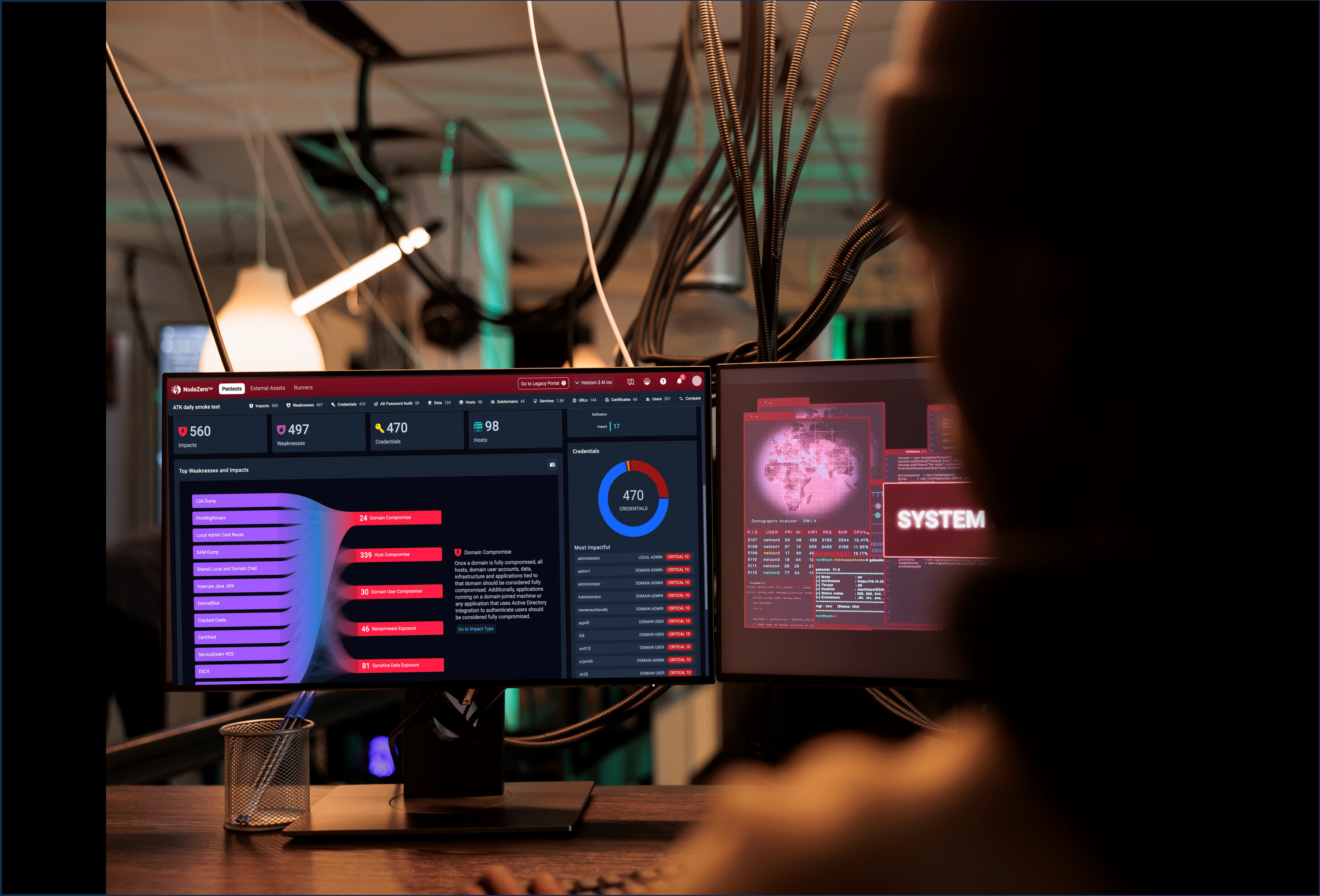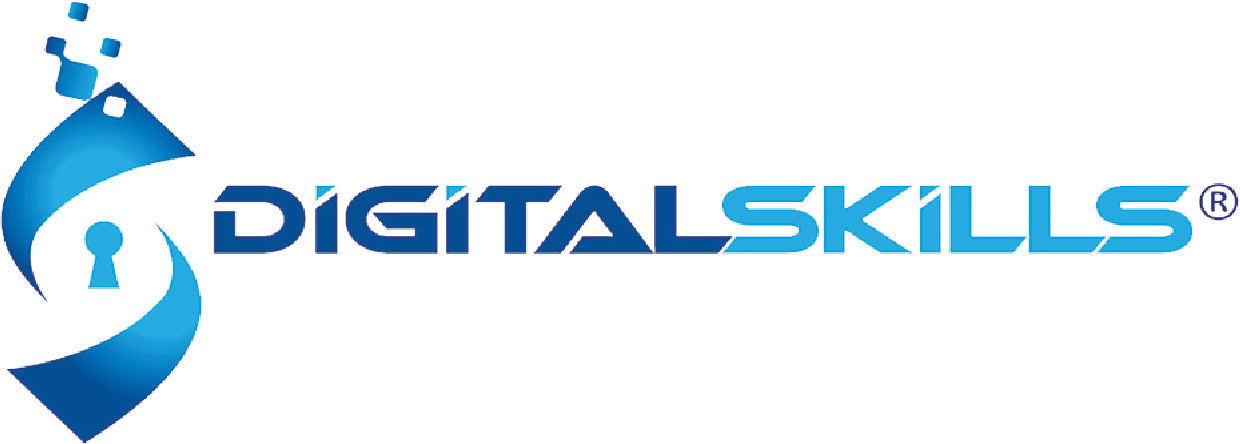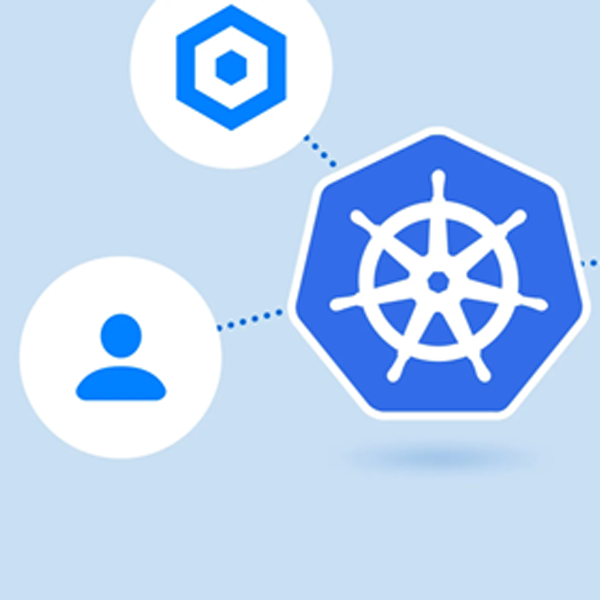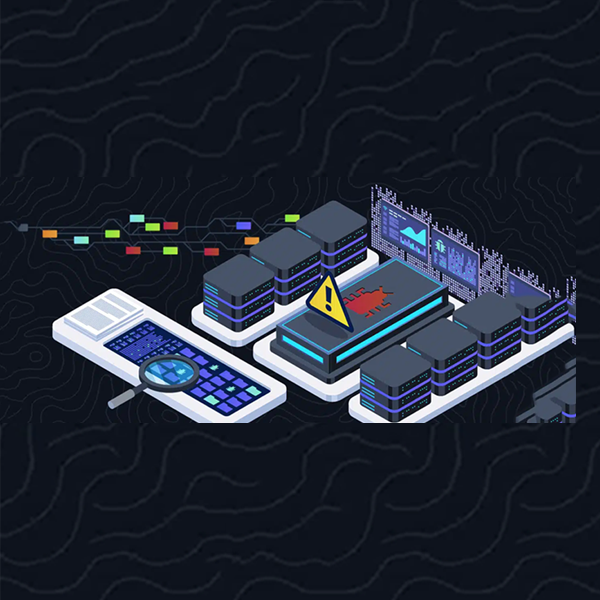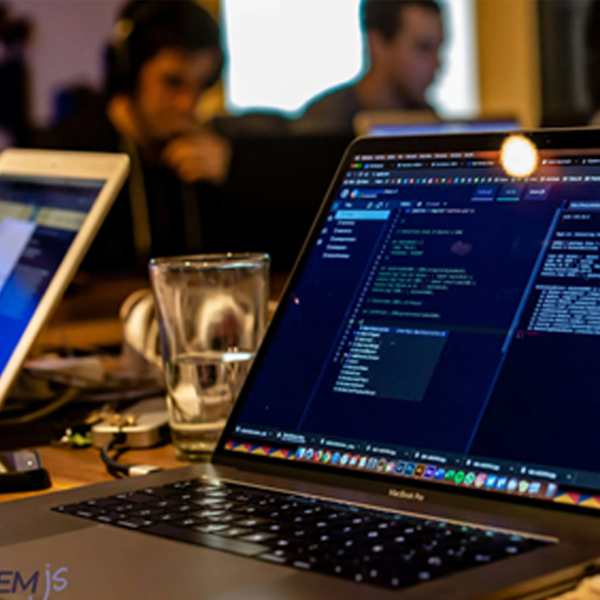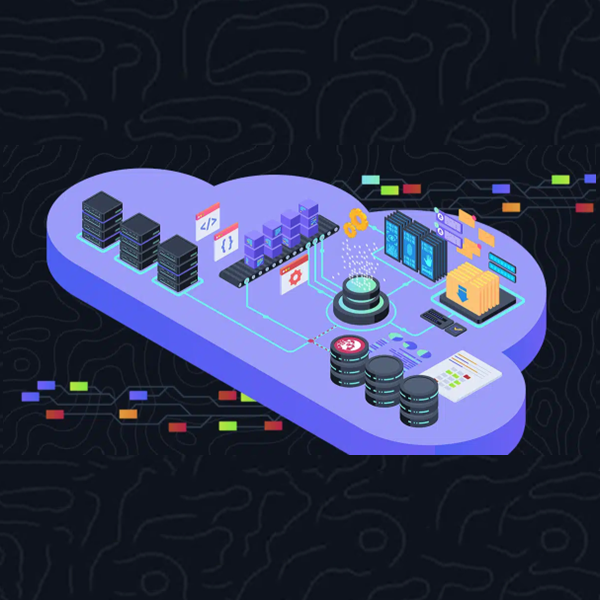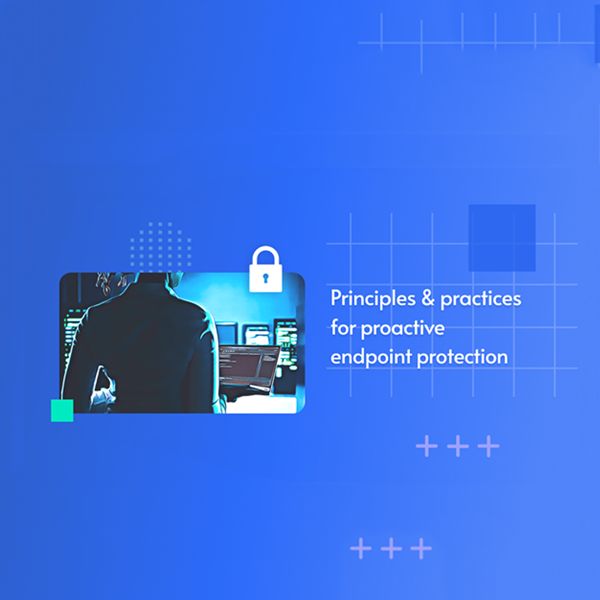The NIS 2 Directive aims to establish a high common level of cybersecurity across the European Union and enhance the resilience and incident response capacities of public and private entities. To achieve compliance with the directive, organizations must implement effective cybersecurity risk management measures. One valuable approach to meet these requirements is autonomous penetration testing, which combines automation and human expertise to assess security vulnerabilities comprehensively.
Understanding Autonomous Penetration Testing
Autonomous penetration testing involves the use of automated tools and technologies to execute real but benign attacks on an organization’s network and information systems. It goes beyond traditional manual testing by leveraging reinforcement learning, centrality analysis, and other algorithms to identify verified vulnerabilities, assess their severity, chain them together to create real-world impacts, and provide actionable recommendations for remediation.
Advantages pf Autonomous Penetration Testing for NIS 2 Compliance
Comprehensive Vulnerability Assessment:
Autonomous penetration testing employs a wide range of tools that efficiently scan network infrastructures, applications, and systems to identify potential weaknesses. By covering various attack vectors and employing different testing methodologies, it ensures a comprehensive assessment of security vulnerabilities.
Time and Cost Efficiency: Autonomous penetration testing significantly reduces the time and resources required for security testing. Autonomous tools can perform frequent scans and assessments without human intervention, enabling organizations to conduct testing more
frequently and detect vulnerabilities in a timely manner. This helps ensure continuous compliance with the NIS 2 Directive’s requirements.
Rapid Identification of Risks: Autonomous penetration testing tools can quickly identify vulnerabilities and other weaknesses and assess their severity. This allows organizations to prioritize and address high-risk issues promptly, reducing the window of opportunity for potential cyberattacks. By swiftly identifying risks, organizations can enhance their incident response capabilities and prevent or minimize the impact of security incidents.
Scalability and Reproducibility: Autonomous penetration testing provides the flexibility to scale security assessments across various systems and environments. Whether an organization has a small network or a complex infrastructure, automated tools can adapt and scan multiple targets simultaneously.
Additionally, the use of standardized testing methodologies ensures reproducibility, enabling organizations to compare results over time and track their progress towards compliance.
Actionable Reporting and Compliance Documentation: Autonomous penetration testing generates comprehensive reports that highlight identified weaknesses, their impact, and recommended remediation measures. These reports provide organizations with clear, actionable guidance for improving their cybersecurity posture and meeting the NIS 2 Directive’s requirements. Moreover, the generated documentation serves as evidence of compliance and can be shared with regulators and auditors.
Benefits of NodeZero - Autonomous Penetration Testing Solution
Organizations who have adopted NodeZero as part of their risk assessment process, and added it into their cybersecurity programs, experience the following benefits, and more.
Eliminate risks and validate security with continuous assessments.
Provides proof of current security levels, highlights effective remediations, tracks improvement over time, and generates reports that analysts and auditors understand.
Improve security performance and visibility of risk level. Delivers reports that leaders will appreciate and verifies risks are identified, prioritized, and addressed, plus justifying their investment, and proving its effectiveness.
Spot attack vectors before they’re exploited through easy-to-understand attack paths.
Proactively identifies weaknesses and provides top-level views of larger systemic issues, and how to address them at a macro level for long-term cyber resilience.
Obtain a prioritized list of what needs fixing most urgently. Eliminates timeconsuming false positives and improves the capacity of security and IT teams regardless of the level of expertise or size of the overall team.
Perform assessments on demand. Allows teams to find, fix, and verify as often as they like – and even concurrently – without additional costs while reducing the need to hire 3rd party assessors and penetration testers.
NodeZero takes an offensive approach to discover and prove where the greatest vulnerabilities exist. It extends beyond traditional vulnerability assessment tools by probing systems in the same way an attacker would, identifying exploitable vulnerabilities that pose a real-world risk. Once NodeZero assesses an infrastructure, organizations use the findings and guidance to remediate the discovered risks.
NodeZero helps security teams better tune security tools, including Endpoint Detection and Response (EDR) solutions and Security Information and Event Management (SIEM) systems. It also serves as a vital tool in verifying SOC effectiveness by executing realistic attacks that allow organizations to assess their detection and response capabilities. Finally, NodeZero helps security teams remediate identified vulnerabilities and re-run the test with a One-Click Verify™ to validate their remediation actions were successful.
Conclusion
Autonomous penetration testing offers organizations a powerful means to enhance their cybersecurity practices and comply with the NIS 2 Directive. By leveraging automation, comprehensive vulnerability assessments can be conducted more efficiently, enabling organizations to identify and remediate security weaknesses in a timely manner. The scalability, reproducibility, and actionable reporting capabilities of autonomous penetration testing make it a valuable tool for ensuring a high common level of cybersecurity across the European Union and protecting critical infrastructure and digital services.
Artigo traduzido e disponibilizado pela DigitalSkills Consulting - Distribuidora oficial de soluções de cibersegurança do fabricante Horizon3ai. Para mais informações: www.digitalskills.pt | [email protected] | 21 418 05 21
Artigo original no site do fabricante em https://www.horizon3.ai/

